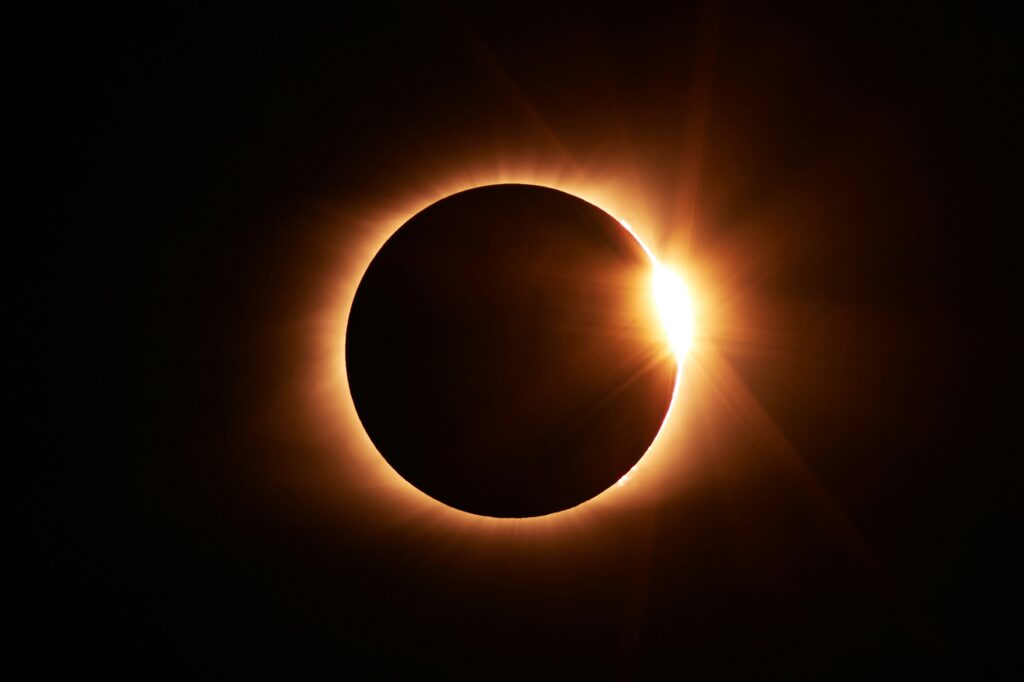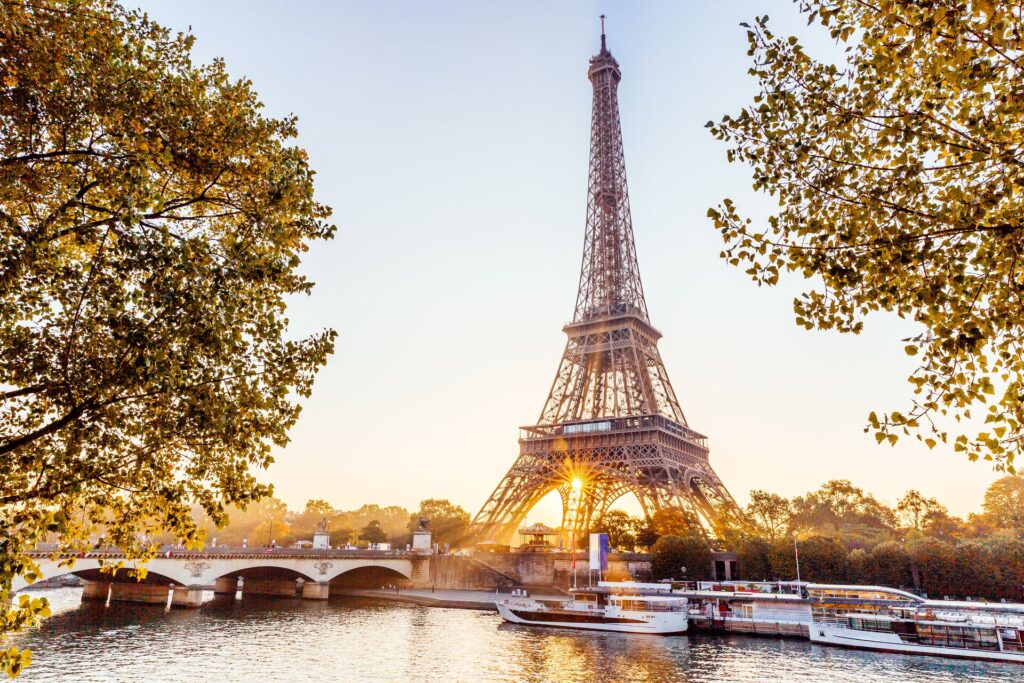To learn more about the celebrations, we had the pleasure to speak with Mardi Gras expert Arthur Hardy. A nationally recognized, fifth-generation New Orleanian, he is a Mardi Gras afficionado and this week’s Insightful destination expert. Be sure to test your new-found knowledge in our Insightful trivia game.
ARTHUR HARDY AND HIS LOVE FOR MARDI GRAS
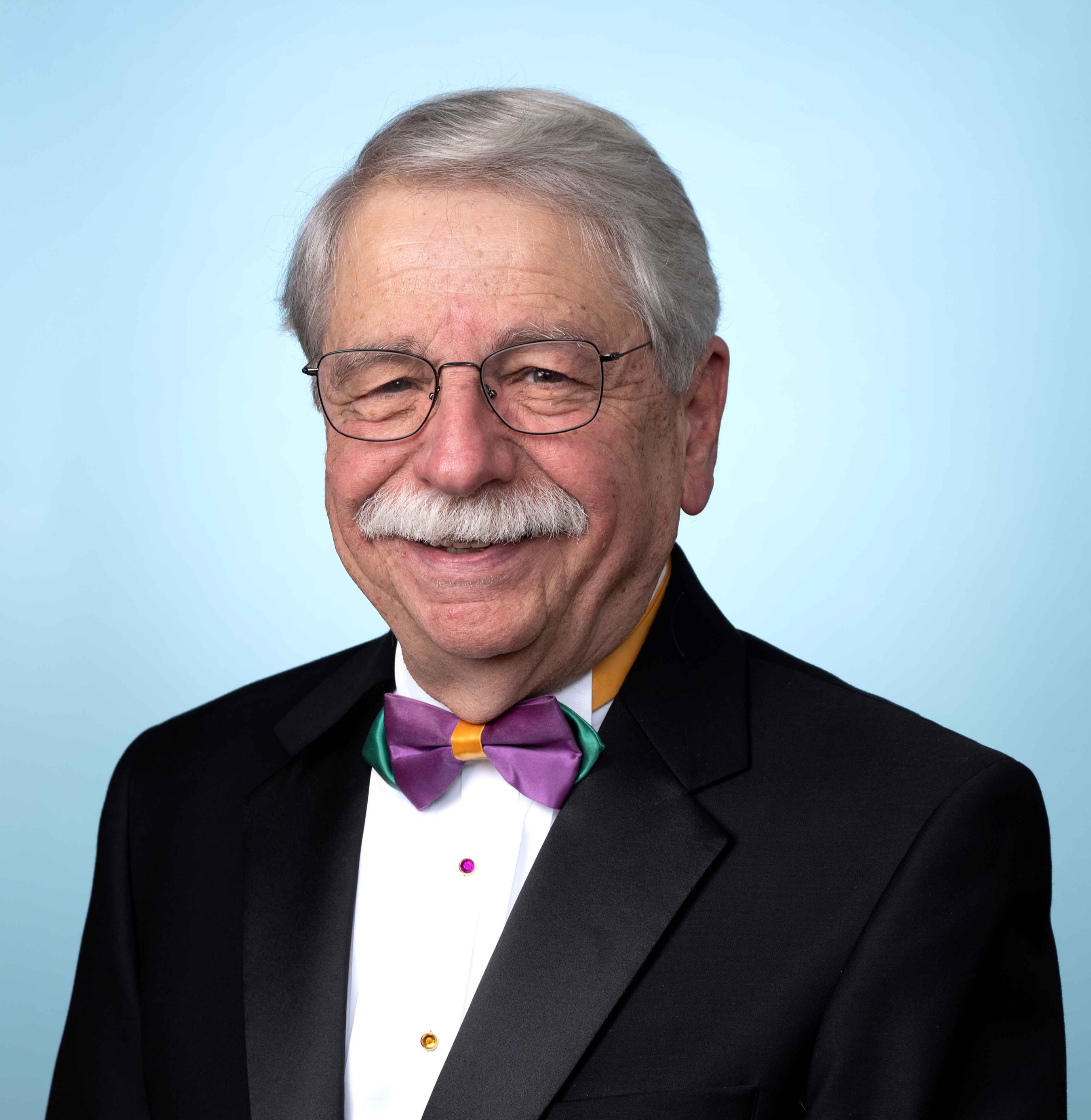
“In 1977 my wife and I started a small magazine called the ‘Mardi Gras Guide’, the only publication of its kind in New Orleans.”
Every year, the magazine offers locals and visitors a comprehensive guide to the history of Mardi Gras and to the parades. Since 1986 Arthur has also been appearing on television, working for Fox, NBC and CBS. As he explains, “If it’s Mardi Gras, it’s my beat.”
For travel inspiration: USA destination guide
MARDI GRAS
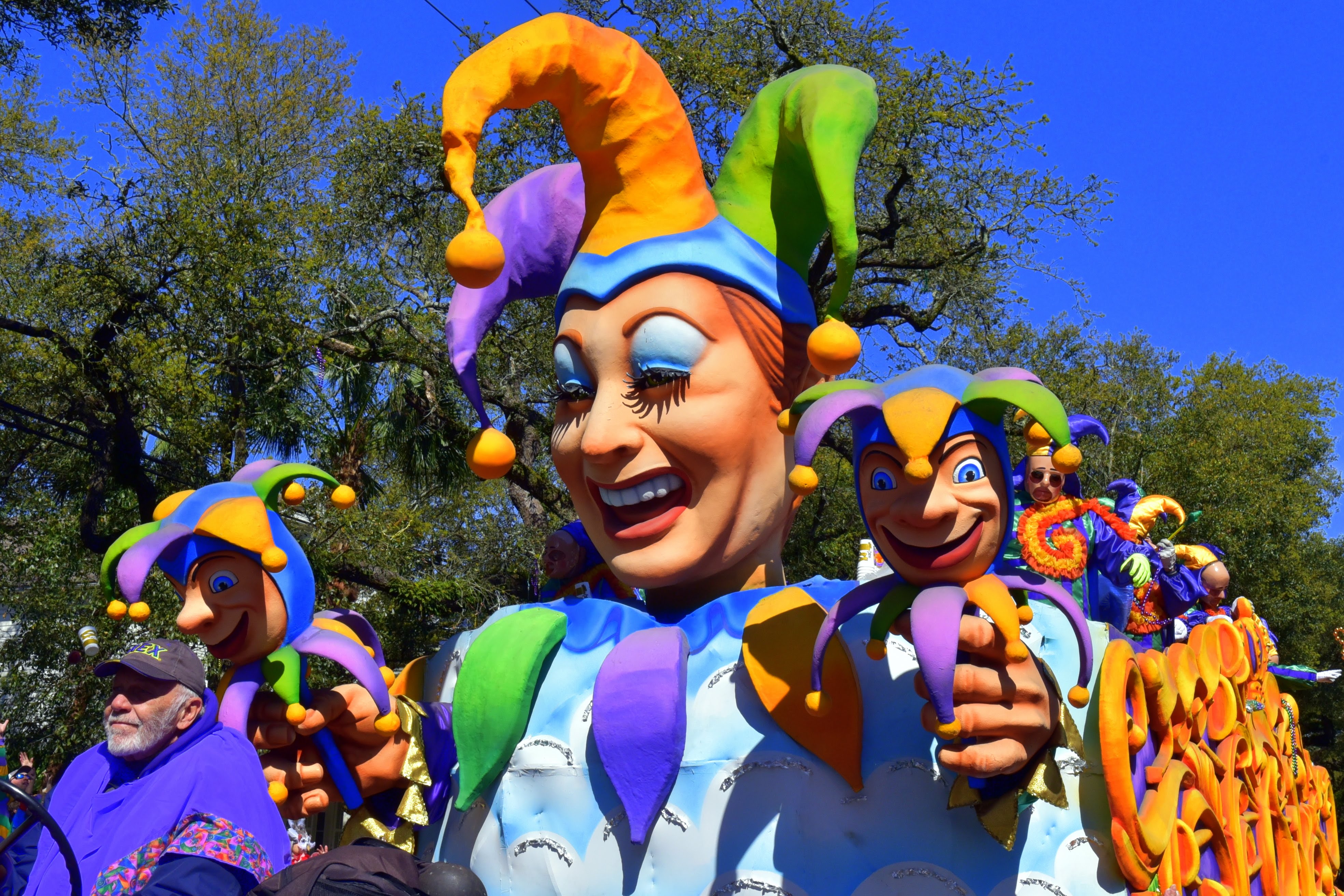
New Orleans is world renowned as the place to celebrate Mardi Gras. With 56 parades and more than 100 private balls, the sheer scale of the celebrations in the city is enormous.
“If you add up all the floats in those parades, there are 1100 floats and 600 marching bands,” says Arthur. “That’s more than 40,000 participants in parades covering 300 miles on the street for 200 hours. It’s the largest celebration of its kind in the world.”
Related content: Je t’aime: why French is considered the most romantic language in the world
YOU’RE NEVER TOO OLD OR TOO YOUNG
THE BIGGEST PARTY, ALL FOR FREE
“The city permits it, but it can’t make it happen. The citizens make it happen; we are the shareholders. The organizations that put it on are nonprofit organizations, they do this for the love of sharing joy. That’s what it’s all about.”
MARDI GRAS IN NEW ORLEANS
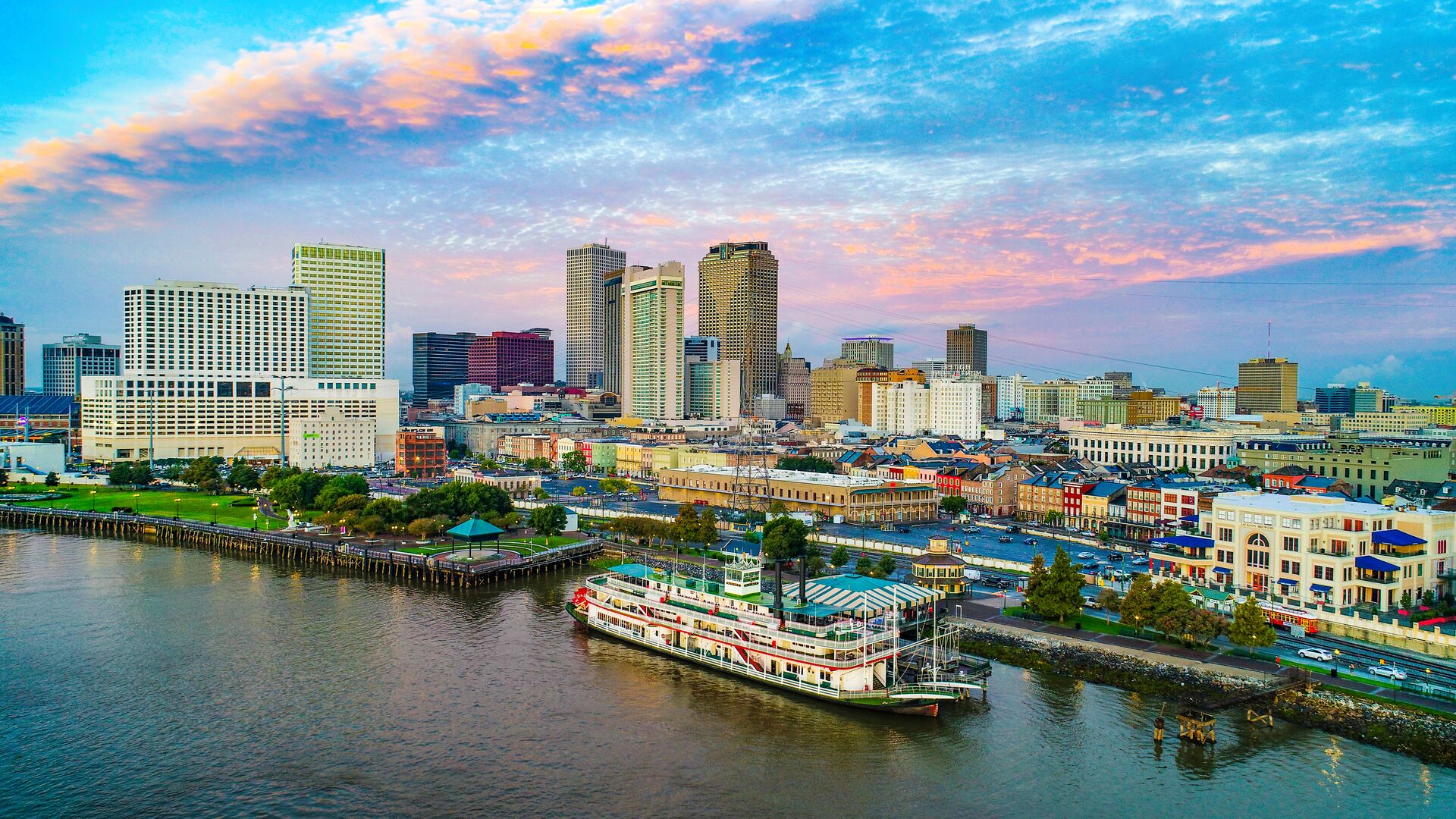
The first ‘Mardi Gras’ on American soil took place on March 3, 1699. French explorers Pierre Le Moyne d’Iberville and Sieur de Bienville landed along the Mississippi River, (60 miles south of where New Orleans was founded in 1718).
“When they camped out at that night, they knew it was Mardi Gras back in in France,” Arthur says. “So, they named the spot ‘Pointe du Mardi Gras’ and that’s how it came to North America, at least in name.”
In the following decades, New Orleans and other French settlements began to mark the holiday with street parties, balls and private festivities.
Related content: A state for every palate, passion or purpose: Why the USA delivers it all
THE FIRST PARADE
But in 1857, a society of New Orleans businessmen called the Mistick Krewe of Comus sought to restore some order and dignity to the celebration.
“They put on a lovely torch-lit parade that had people saying, ‘hey this is really neat. Let’s see if we can keep this thing going’,” Arthur explains. “And by 1872 we had the first daytime parade, which became an incredible tourist attraction.”
It was also in 1872 that purple, gold and green were established as the iconic Mardi Gras colors.
TODAY’S PARADES
“Parades then have marching bands and dance groups interspersed between each float. The biggest element that separates our parades from others is the crowd participation. You don’t just watch the parade, you become a part of it because of the element of ‘throws’. We throw gifts to the crowd, and it just brings people together.”
Related content: Isolation is out, cultural capitals are in: Why everyone is set to fall back in love with big city life this year

NO ONE LEAVES EMPTY HANDED
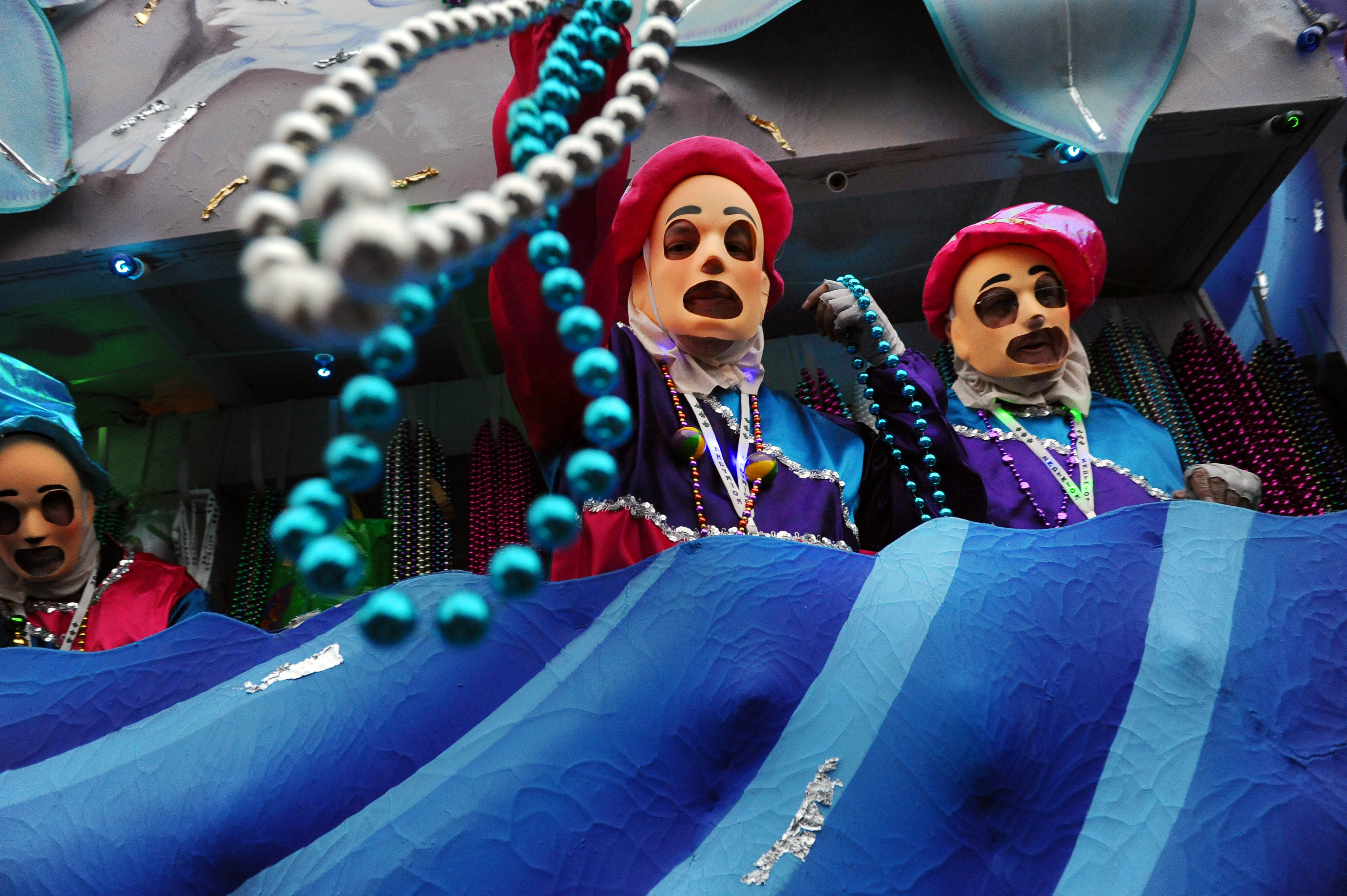
WAYS TO EXPERIENCE MARDI GRAS
“The parades are very welcoming,” Arthur says. “There are many hotels that have private viewing stands where you can watch them. Here you would be at a distance from mingling with the crowd, but it is perfect if you want to calmly enjoy the festivities.
“There are also a couple of parades that that you can participate in. You could actually ride on a float and that’s quite an experience. But you do need to be in good health and have a fair amount of stamina. Most of the parades are five hours long, so you need to pace yourself if you’re going to participate!”
COSTUMES AND MASKS
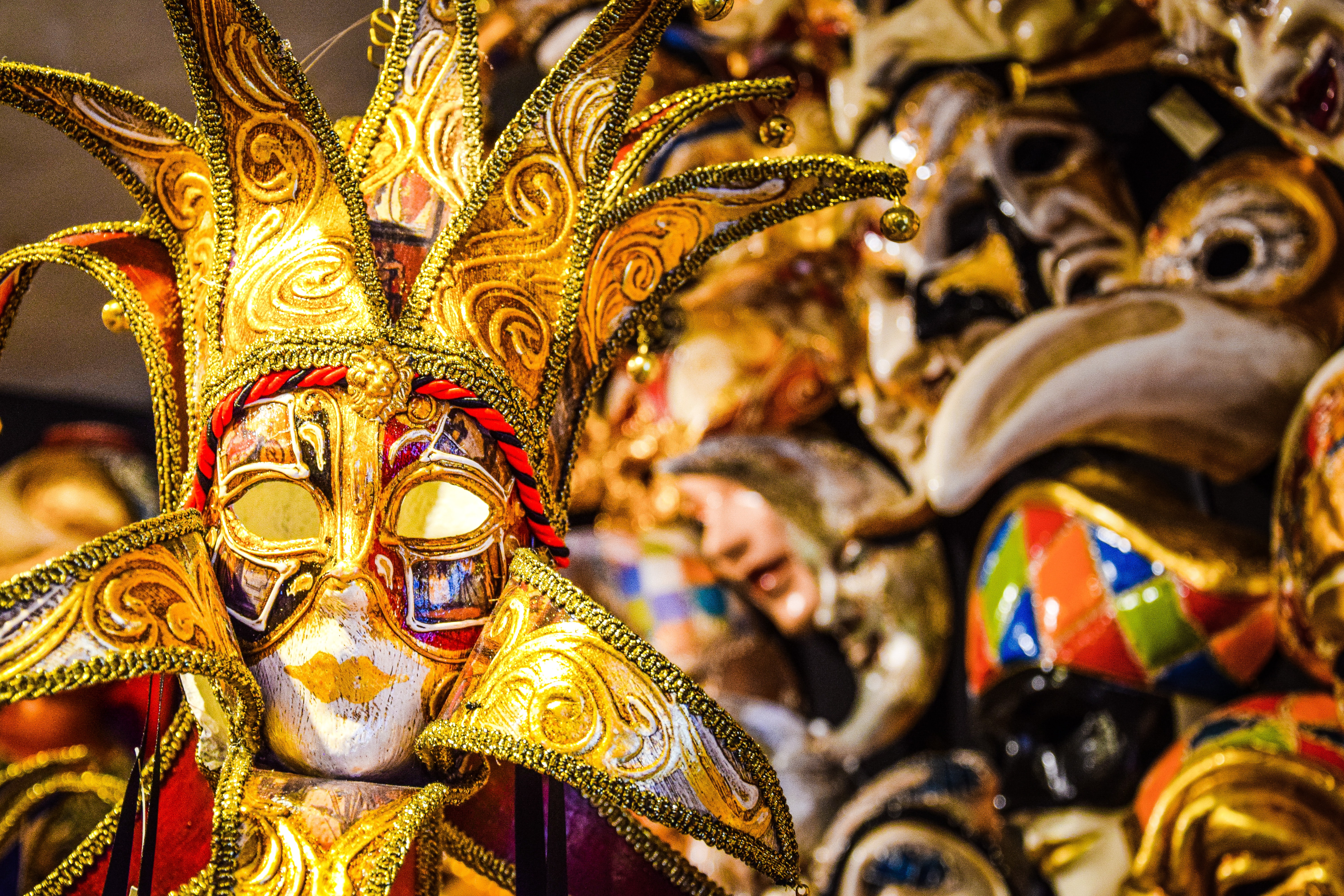
HOW TO CELEBRATE OUTSIDE OF MARDI GRAS SEASON
“There’s also our Louisiana State Museum,” Arthur adds. “Located in the French Quarter on Jackson Square, it has a permanent exhibit on ‘The history of carnival’. I highly recommend both of those stops.”
Discover this on: Country Roads of the Deep South
Related content: Nine of the Coolest Museums in the US
THE DAY AFTER

